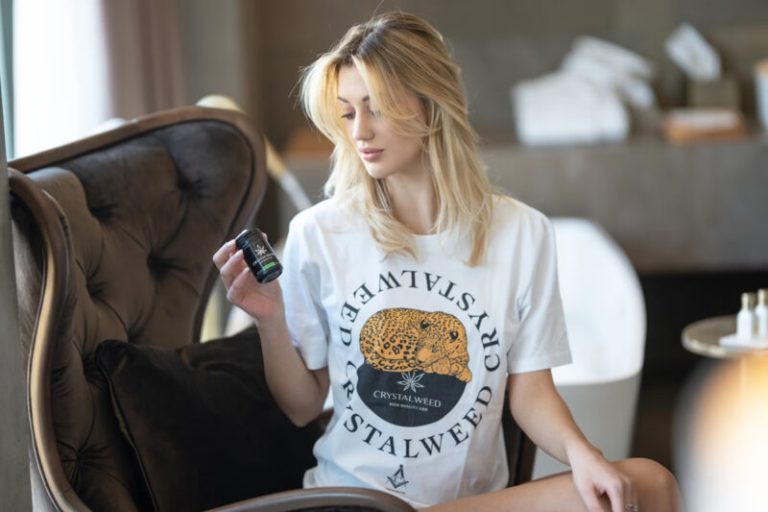
Rheumatism, aches, tendinitis, sore throats… or even eczema are common inflammations that can cause pain without serious consequences. Unfortunately, depending on their intensity, this pain can disrupt your daily life. This is why allopathic medications, such as ibuprofen, are formulated to calm inflammation. Indeed, these anti-inflammatories have the property of soothing them and relieving pain. However, these medications can cause side effects, particularly on the stomach. Fortunately, natural solutions exist to calm inflammation, they do not cause the same consequences. Focus on 7 natural anti-inflammatories:
Turmeric
Turmeric is a tropical shrub, whose roots or rhizomes are particularly used to spice up our dishes. It is one of the main constituents of curry powders and certain mustards. But, turmeric is also recognized as a powerful anti-inflammatory and antioxidant. It acts on joint pain and contributes to digestive comfort. The effectiveness of turmeric is also reinforced in the presence of bromelain (active ingredient from pineapple stem) or piperine (active ingredient from pepper).
Omega 3
The virtues of omega 3 are particularly recognized. Indeed, long-chain omega 3 (EPA and DHA) have many properties essential to the proper functioning of the body. They are particularly used for the health of the cardiovascular system and the brain. But, omega 3s are also natural anti-inflammatories that help reduce joint pain and skin inflammation. Most? It helps hydrate your skin, ideal for eczema.
Did you know ? Unlike omega 3, omega 6 is pro-inflammatory. This means that they can increase inflammation. This is why it is recommended to have a balanced diet rich in omega-3.
Roman Chamomile
Mainly used as an herbal tea in the evening to relax, Roman chamomile also has anti-inflammatory properties. It is very effective in combating spasmodic pain such as period or intestinal pain. It is also recommended as a compress soaked in chamomile floral water to calm inflammation around the eyes (puffiness, irritation, etc.).
Wintergreen essential oil
If we had to choose the anti-inflammatory essential oil par excellence, that of wintergreen would be at the top of the podium. Indeed, its composition is very rich in methyl salicylate known for its anti-inflammatory and analgesic properties. It is used on the skin, diluted in a vegetable oil such as canopy oil which also has anti-inflammatory properties. However, wintergreen essential oil is contraindicated in pregnant and breastfeeding women and children under 6 years old.
Meadowsweet
This plant is the origin of one of the greatest scientific discoveries: acetylsalicylic acid (aspirin). Indeed, the flowering tops of meadowsweet naturally contain salicylated derivatives which are precisely part of the composition of aspirin. These molecules give this plant effectiveness in fighting against all pain and inflammation. For a more targeted action on joint pain, the combination of meadowsweet and blackcurrant makes it possible to considerably reduce the use of painkillers and anti-inflammatories. Meadowsweet is not recommended for people allergic to salicylate derivatives.
Harpagophytum
The harpagophytum or devil’s claw contributes to the proper functioning of the joints. Indeed, the tubers of the secondary root are rich in glucose-iridoids, molecules whose anti-inflammatory and pain-relieving activities are undeniable. It is ideal for fighting osteoarthritis and rheumatism. This plant is also known among athletes to combat tendinitis or joint pain due to exercise.
Green clay
Green clay, used as a poultice, that is to say in a thick layer on the skin, has anti-inflammatory, pain-relieving, remineralizing… and anti-bacterial properties.
How to prepare the agile to make a poultice?
Pour the clay powder into a glass container and add water little by little, stirring, until you get a thick consistency. Apply the paste directly to the skin, then cover with gauze. For greater effectiveness, apply a heat source such as a hot water bottle directly to the poultice. Remove it as soon as the green clay is dry.
Beauty tip: In case of acne pimples, use green clay directly on the face to purify your skin and calm the inflammation of the small pimples.










+ There are no comments
Add yours